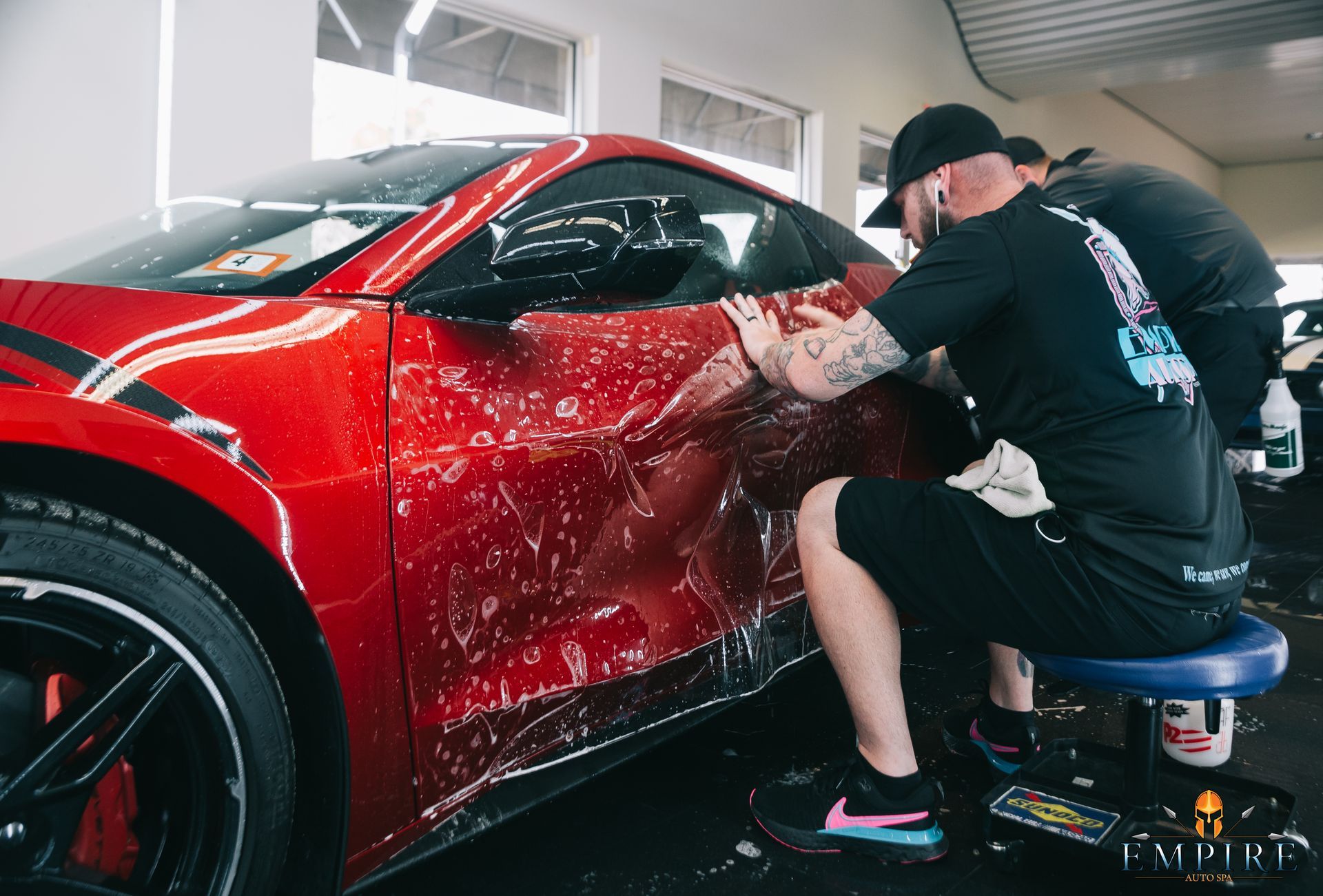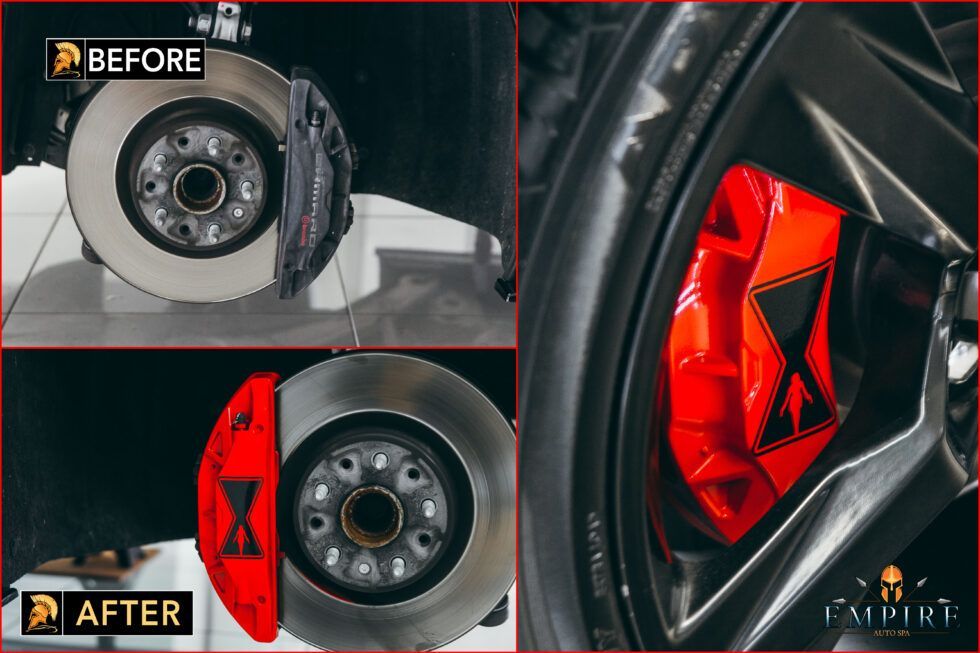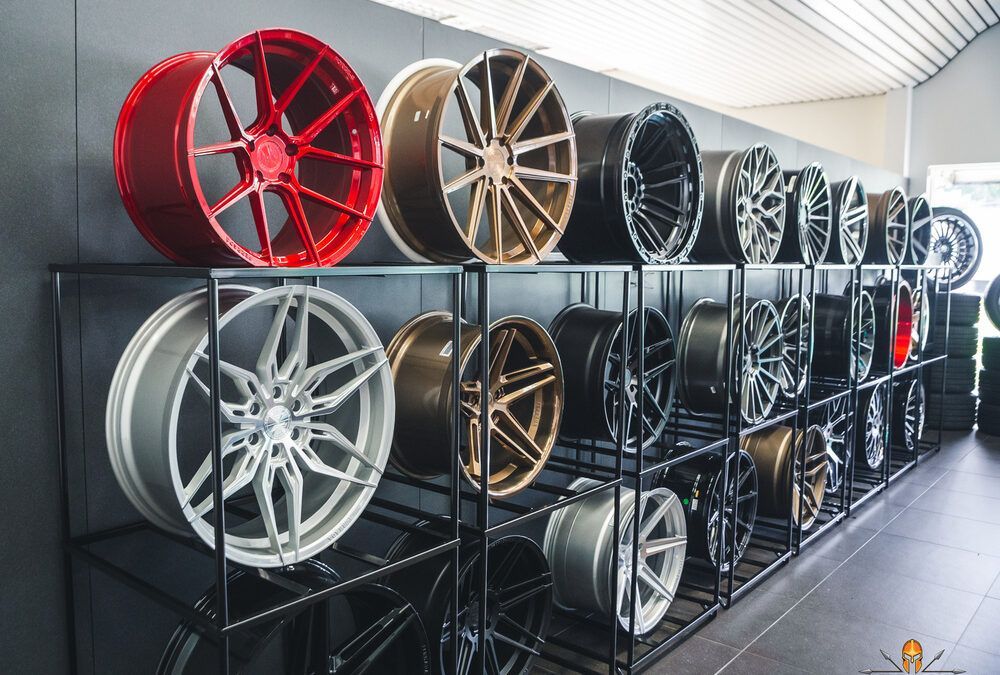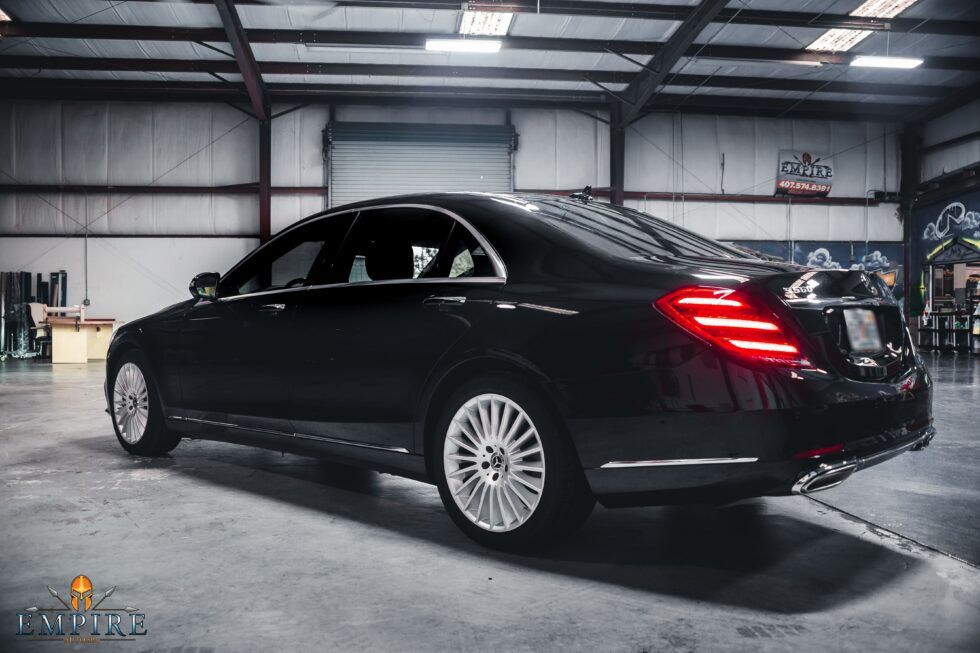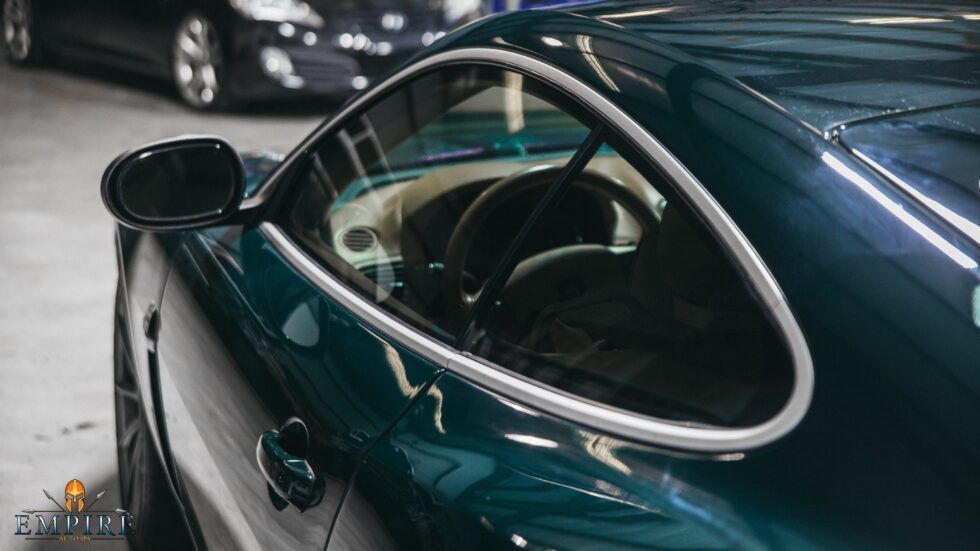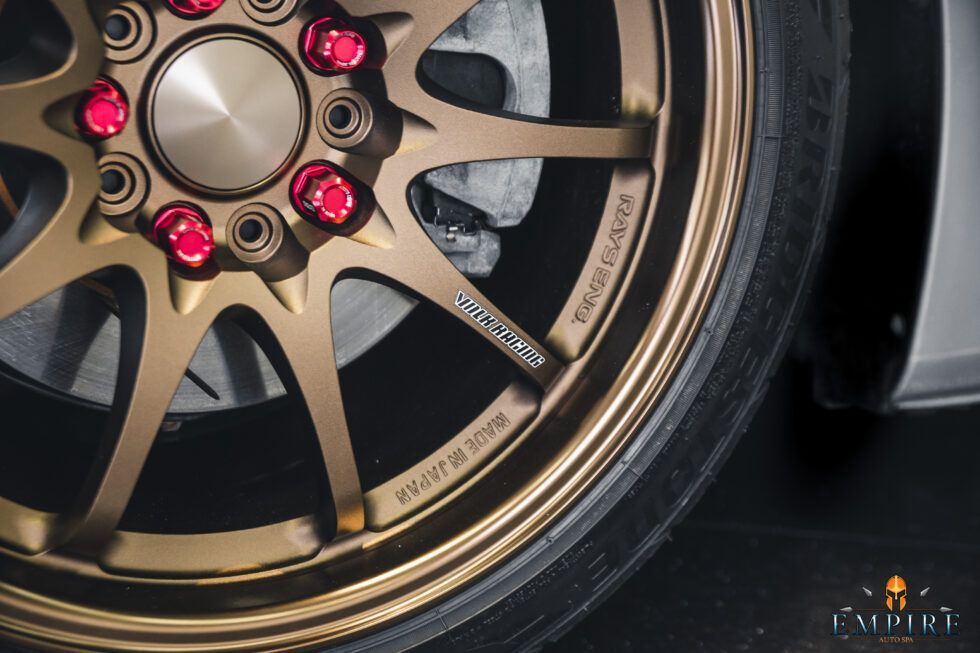How to Choose the Right Subwoofer for Your Car
Let’s talk about what is a subwoofer and how to choose the right subwoofer for your car?
A subwoofer is usually the largest speaker in a speaker system responsible for the lowest frequencies of the bass. Think about bass guitars, the kick drum, or the bassline in your favorite electronic music track. No matter what kind of music you listen to there’s bass in that music, everything from Mozart to Metallica has bass in it and if you have a subwoofer you’re going to feel a better emotional connection to your music because typically those lower frequencies you can “feel” them as much as you can hear them.
This is why a subwoofer is important for just about every car stereo system.
Types of Subwoofers:
First, let’s talk about the different types of subwoofers available. Every subwoofer speaker needs an enclosure and an amplifier.
Now, how you get all of those things varies.
Let’s talk about the different types.
Separate Components:
First, you can purchase everything separately: a component subwoofer, a box to put it in and an amplifier to power it and then all the wiring to make it all work.
Enclosed Subwoofer:
If you’d like to take a little bit of the guesswork out of the equation, you can purchase an enclosed woofer which is a box made by the manufacturer that includes the subwoofer. That way you don’t have to match up the sub to the box.
Powered Subwoofer:
You can also purchase a powered subwoofer which is a woofer in a box with an amplifier also in the box so you don’t have to think about how to match up the speaker to the amplifier.
Custom Installation:
Lastly, there are vehicle-specific or custom sub enclosures designed to fit into a particular location in a specific vehicle These are nice because you don’t have to take up as much cargo space with a large box in your trunk they fit in and seamlessly blend in with your interior. We specialize in this type of custom car audio and electronic installation.
Where to install your sub?
Let’s talk about where to put your sub.
If you’re not going with a vehicle-specific sub you’re going to have to find a place to put it. Usually, if you have a trunk or a hatch area that’s probably where you’re going to want to put your subwoofer box. Keep in mind the bigger the box the less cargo space you’ll have available for your groceries and golf clubs and such, so it’s kind of a trade-off of how much bass do you want vs how much cargo space do you need.
If you have some space under a seat many compact powered subwoofers are designed to go under your seat which really doesn’t take up much usable cargo space and give
s you nice good accurate type bass. If you have a pickup truck, especially if it’s a standard cab, behind the seat is a great choice. Most manufacturers make boxes designed to fit behind the seat of a standard cab pickup truck.
Now let’s talk about a component subwoofer system.
A component subwoofer system is where you get to pick out the specific components to make sure they are to your liking and they’re going to make your music sound the best do you want to pick out a specific subwoofer you have many sizes to choose from 10’s, 12’s and 15. Those are the most common sizes and then of course you have to choose how many. The larger the driver usually the deeper it will go, the more drivers you choose the more air you going to move that gives you more sound pressure so it’s a little bit of a trade-off. You need to decide if you want the bass to go as low as possible or you trying to move the most air as possible until that’s part of the decision of how many subs and what size subs to get.
As you’re choosing your individual component woofer or woofers you going to see things like single voice coil and dual voice coil these exist simply to give you more wiring options. Most mono subwoofer amplifiers are designed to give you the most bang for the buck, the most power for your dollar when the system is wired up at 2 ohm impedance. You can call and talk to us and we can help you make sure you get the right number of voice coils at the right impedance.
SINGLE VOICE COIL (SVC) VS DUAL VOICE COIL (DVC)

Once you’ve decided on the brand, size, and how many woofers you need, you’re going to want to find a box. Many subwoofers that we choose have taken the guesswork out of the equation and are “all-in-one”. It’s important to match the subwoofer to the actual size the internal airspace of the enclosure needs to be right for that subwoofer to move in and out and perform at its best.
Sealed or a ported box?
You can choose between a sealed box or a ported box. Sealed boxes typically give you a tighter more articulate more musical bass sound.
Ported enclosures typically boost the efficiency of the woofer, meaning it makes more use of power and gives you a little bit more bass and it may be a little bit less accurate than a sealed enclosure, but both sound good. It may just depend on the type of music you listen to as well.
Sealed box vs. ported box — what’s the difference?
Type of subwoofer box
Sealed box
Ported box
Impact on the bass sound
- Tighter, more accurate bass.
- Smaller box size
- Needs more power for louder bass
- Bass is louder and boomier, less accurate
- Larger box size
- More efficient, doesn’t require as much amp power
Power and AMP Considerations
Once you’ve got your impedance figured out, you’re going to need to make sure your amplifier has enough power for your subwoofer. Your subwoofer amp should have about 75% to 100% of the maximum RMS power handling of your subwoofer for the combined total of your subwoofers. So for example, if you had a subwoofer that can handle 200 Watts you should have an amplifier that puts out anywhere from a 150 to 200 watts at the impedance of your subwoofer.
If you’d like to take a little bit of the guesswork out of it you might want to consider an enclosed subwoofer. This is where the manufacturer has designed a woofer and a box to go together and it is sold as a complete system. Of course you’ll still need to get the right amplifier for the subwoofer in the box and the same rules apply regarding power matching up the amp to the enclosure. Enclosed subwoofers are available in a wide range of sizes everything from a small truck style box or maybe even an under-seat and closure to a large dual 12-inch ported sub box that just looks incredible.
The most simplest option is a powered sub. This is a woofer in an enclosure with an amplifier built in so you don’t have to worry about matching up the amp to the sub it’s a perfect match the manufacturer specs and recommendations. Often they are compact, but not always. You can also get a very large powered subwoofer so you can still get one that’s to your liking with enough bass for you or a smaller compact style that will fit under a seat or behind your seat in a truck.
Powered subwoofers are available in a wealth of sizes some of them come with wiring some of them you’re still going to have to pick out all the wires to go with them, but they are by far and away your simplest and often your least expensive option to get that bass in your car.
When you put a sub in your car you’ll need:
- The speaker(s)
- The enclosure
- The amplifier
- Wiring
- Mounting brackets or custom install
You’re also going to need some other stuff to make it work. You going to need wiring because every subwoofer needs an amplifier and every sub amplifier needs a direct power wire all the way to the battery. We recommend you get an amplifier wiring kit directly from us that will make sure you are using the right size power wire, the right size fuse and that you have all the wires you need to get your amplifier hooked up to the power in your car. If you’re not using a powered sub, you’re also going to need some speaker wire to connect your amplifier to your sub enclosure. We typically recommend a thicker gauge like a 12 gauge speaker wire to make sure you get all the power from your amp into your sub.
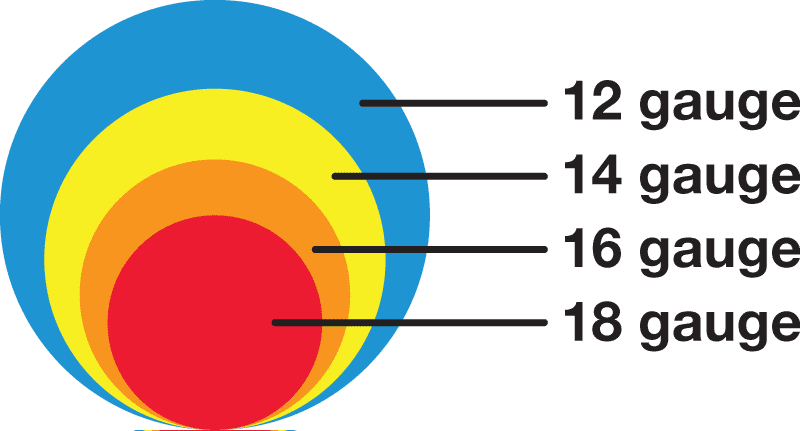
If you’re looking to find the right subwoofer for your car you’ve come to the right place. We’ll be putting out plenty more articles and videos available on detailingempire.com to help guide. If you feel stuck, frustrated or confused give us a call any one of our advisors help you or stop by the shop near Orlando and we’ll handle the whole process for you.

Not for Everyone. Perfect for You.
Headquartered in Longwood, Florida, Empire Auto Spa is a family-owned and operated detailing studio dedicated to providing top-tier services that both protect and elevate the aesthetic appeal of all different types of vehicles. With over 30 years of combined experience and expertise from our team members, we pride ourselves on being Master Detailers who provide meticulous services with unwavering passion and precision. Our service lineup includes multiple packages in paint protection film, ceramic coatings, window tinting, and detailing as well as customization upgrades that enhance both the performance and aesthetics of your vehicle. Empire Auto Spa is your one-stop destination for all your vehicle personalization and performance needs!
Quick links
Our Location
Address: 895 N Ronald Reagan Blvd, Longwood, FL 32750, United States of America
Contact Us
Phone: (407) 574-8381
Empire Auto Spa is designed by the team at Detailers Roadmap, a platform developed for detailing operators across the globe.
All Rights Reserved | 8bitcreative, LLC | Empire Auto Spa

